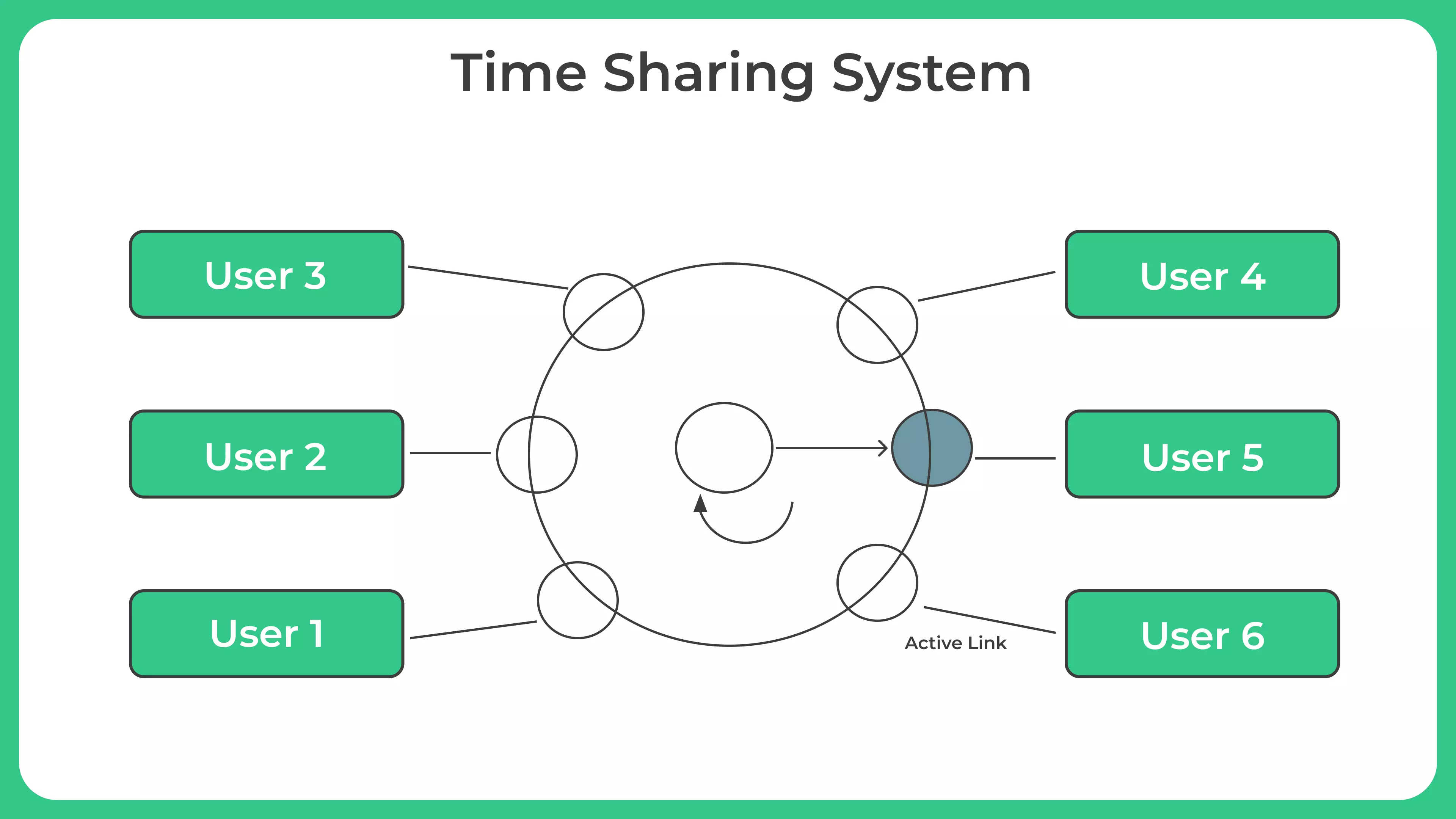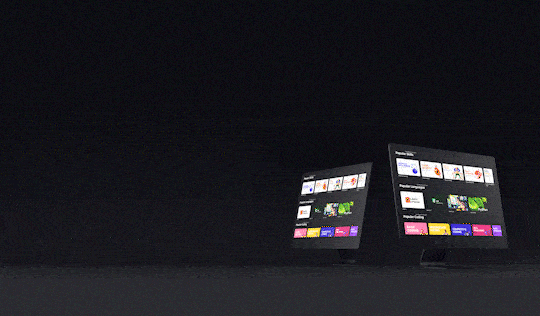0
Notifications Mark All Read
- Login
- Get Prime
OS Menu
- OS Home
- Introduction
- CPU Scheduling
- What is Process?
- Process Lifecyle
- Process Control Block
- Process Scheduling
- Context Switching
- CPU Scheduling
- FCFS Scheduling
- SJF (non-preemptive)
- SJF (Preemptive - SRTF)
- Round Robin
- Priority Scheduling
- Convoy Effect
- Scheduler Vs Dispatcher
- Preemptive Vs non
- Preemptive scheduling
- Non preemptive scheduling
- Process Synchronization
- Deadlock
- Popular Algorithms
- Memory Management
- Memory Management Introduction
- Partition Allocation Method
- First Fit
- First Fit (Intro)
- First Fit in C
- First Fit in C++
- First Fit in Python
- First Fit in Java
- Best Fit
- Best Fit (Intro)
- Best Fit in C
- Best Fit in C++
- Best Fit in Java
- Worst Fit
- Worst Fit (Intro)
- Worst Fit in C++
- Worst Fit in C
- Worst Fit in Java
- Worst Fit in Python
- Next Fit
- First fit best fit worst fit (Example)
- Memory Management 2
- Memory Management 3
- Page Replacement Algorithms
- LRU (Intro)
- LRU in C++
- LRU in Java
- LRU in Python
- FIFO
- Optimal Page Replacement algorithm
- Optimal Page Replacement (Intro)
- Optimal Page Replacement Algo in C
- Optimal Page Replacement Algo in C++
- Optimal Page Replacement Algo in Java
- Optimal Page Replacement Algo in Python
- Thrashing
- Belady’s Anomaly
- Static vs Dynamic Loading
- Static vs Dynamic Linking
- Swapping
- Translational Look Aside Buffer
- Process Address Space
- Difference between Segmentation and Paging
- File System
- Off-campus Drive Updates
- Get Hiring Updates
- Contact us
Time Sharing System in OS
Time Sharing System
A time sharing system is an operating system concept that allows multiple users or processes to share a single computer system simultaneously.
It divides the available computing resources, such as the CPU, memory, and peripherals, into small time intervals called time slices or quantum.
Each user or process is allocated a time slice during which they can execute their tasks.

How Does a Time Sharing System Work?
A time sharing system works by rapidly switching the execution context between multiple users or processes. Each user or process is given a fair and equal amount of time to execute their tasks. The time slices are typically very small, ranging from a few milliseconds to a few microseconds, and the context switch between tasks happens so quickly that it creates an illusion of concurrent execution.

- Interactive and Concurrent Access
One of the primary characteristics of a time sharing system is its ability to provide interactive and concurrent access to multiple users. Each user can initiate their tasks, execute commands, and receive prompt responses from the system. Users can work concurrently without significant delays or interruptions, enhancing productivity and collaboration. - Fairness and Equal Time Allocation
Fairness is a crucial aspect of a time sharing system. It ensures that each user or process receives an equal share of the computing resources. Time slices, also known as quanta, are allocated to each user or process, ensuring a fair distribution of CPU time. This fairness prevents any user or process from monopolizing the system resources and promotes equitable resource utilization. - Responsiveness and Real-Time Interaction
Time sharing systems prioritize responsiveness to provide users with a real-time interaction experience. Users can input commands and receive immediate feedback or results. The system quickly switches between tasks, giving the impression of simultaneous execution. This responsiveness creates a smooth and interactive user experience, contributing to user satisfaction and productivity. - Process Scheduling
Process scheduling is a critical feature of a time sharing system. It involves determining the order in which processes or tasks are executed and allocating time slices to each process. Scheduling algorithms, such as Round Robin, Priority Scheduling, and Multilevel Queue Scheduling, are employed to ensure fairness, optimize resource utilization, and meet specific system requirements. - Context Switching
Context switching is a key mechanism in a time sharing system. It enables the system to switch rapidly between different processes or tasks. During a context switch, the system saves the current execution context of a task and restores the context of the next task to be executed. Efficient context switching minimizes overhead and facilitates seamless transitions between tasks, contributing to overall system performance.
- Enhanced User Productivity
One of the significant advantages of time sharing systems is their ability to enhance user productivity. By allowing multiple users to work simultaneously on a single system, time sharing eliminates idle time and maximizes user engagement. Users can execute tasks, run applications, and receive prompt responses, resulting in increased productivity and efficient task completion. - Efficient Resource Utilization
Time sharing systems maximize the utilization of system resources, such as the CPU, memory, and peripherals. By sharing resources among multiple users or processes, the system ensures that resources are efficiently utilized without any significant downtime. This approach reduces resource wastage and optimizes the overall system performance. - Cost Savings
Implementing time sharing systems can lead to significant cost savings. Instead of each user or organization maintaining individual systems, time sharing allows for the sharing of resources, reducing hardware and maintenance costs. Multiple users can leverage the same set of resources, resulting in a cost-effective solution for computing needs. - Improved System Responsiveness
Time sharing systems prioritize system responsiveness, providing users with a real-time interactive experience. Users can input commands, receive immediate feedback, and witness prompt execution of tasks. The quick context switching between processes creates an illusion of simultaneous execution, making the system highly responsive and interactive.
Modern Implementations and Applications of Time Sharing Systems
Time-sharing systems in modern operating systems have various implementations and applications. They enable multitasking, interactive computing, server virtualization, cloud computing, real-time systems, collaboration, and batch processing. These systems allow efficient resource utilization, facilitate concurrent execution of multiple tasks or processes, and provide a responsive and interactive user experience.
Conclusion
In conclusion, time-sharing systems continue to play a crucial role in modern operating systems. They enable efficient resource utilization, facilitate multitasking, and provide interactive computing environments. From server virtualization and cloud computing to real-time systems and collaborative environments, time-sharing systems contribute to improved performance, scalability, and user experiences in various applications.
These systems are essential in ensuring optimal resource allocation and enabling concurrent execution of multiple tasks or processes, ultimately enhancing the overall functionality of operating systems.
Prime Course Trailer
Related Banners
Get PrepInsta Prime & get Access to all 200+ courses offered by PrepInsta in One Subscription
Get over 200+ course One Subscription
Courses like AI/ML, Cloud Computing, Ethical Hacking, C, C++, Java, Python, DSA (All Languages), Competitive Coding (All Languages), TCS, Infosys, Wipro, Amazon, DBMS, SQL and others

 0
0



Login/Signup to comment